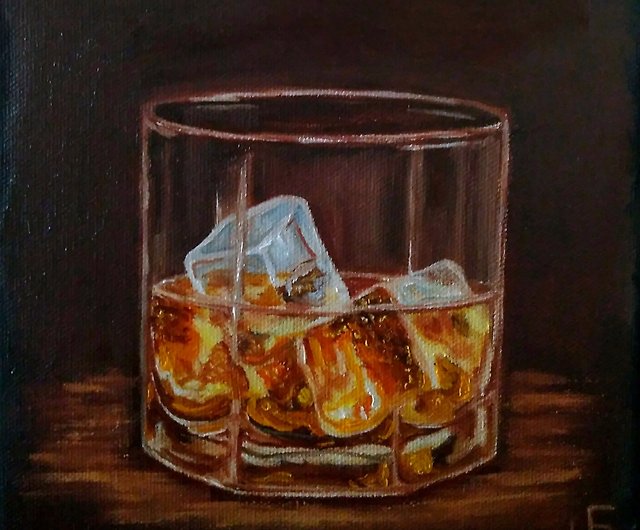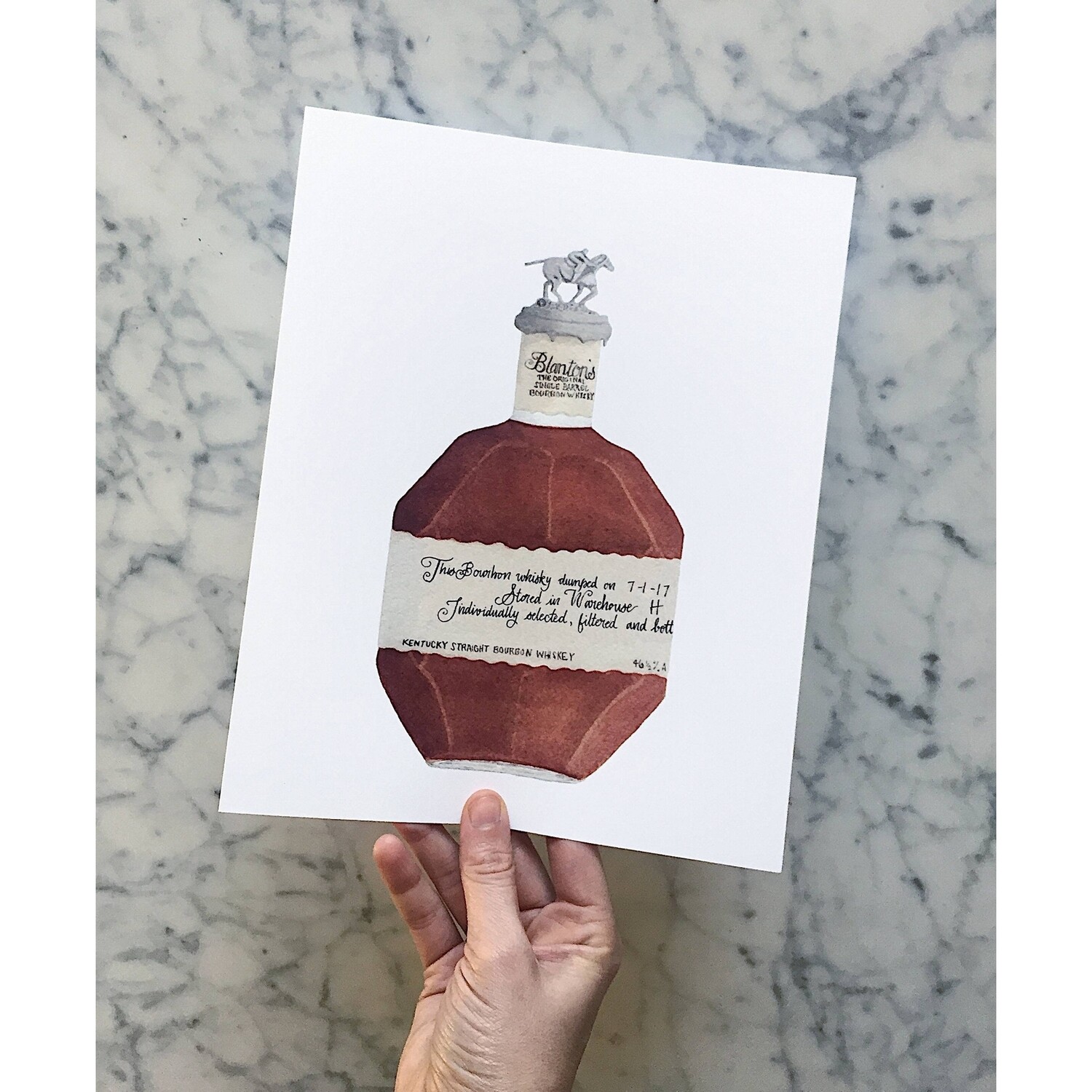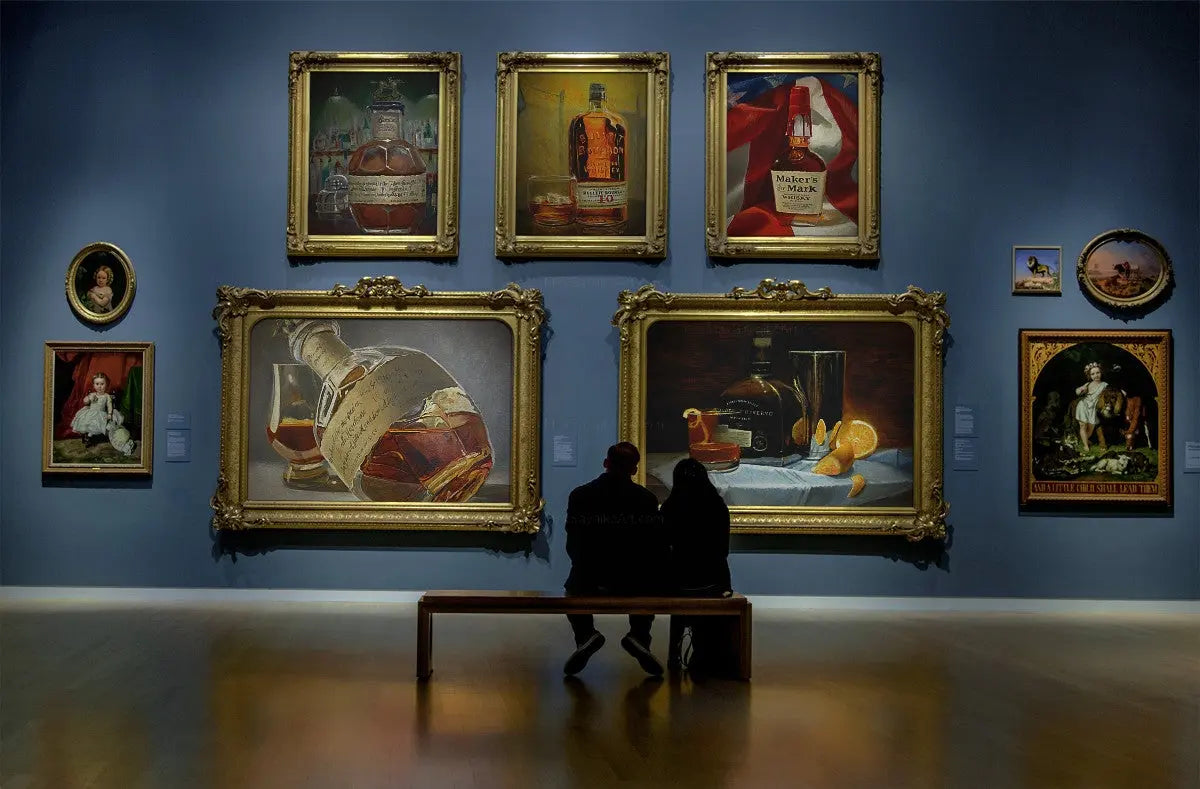Limited Edition Bourbon Art: Why Collectors Are Gathering to One-of-a-kind Finds
The Value of Whiskey Art in Celebrating Heritage and Workmanship in the Beverage Industry
The elaborate partnership between whiskey art and the celebration of heritage and craftsmanship within the beverage market can not be overstated. Via thoughtfully created bottles and labels, whiskey brand names envelop their historical origins and the artisanal skills that specify their production approaches.
The Historical Roots of Whiskey
At the heart of whiskey's attraction exists a rich tapestry of historic origins that map back to old civilizations. The origins of scotch can be connected to the distillation techniques of the Sumerians and Babylonians around 2000 BCE, where very early types of fermented grain drinks began to arise. Nonetheless, it was in the Center Ages that the art of distillation evolved considerably, particularly in Ireland and Scotland, leading to the creation of whiskey as we recognize it today.
The term "scotch" itself originates from the Gaelic word "uisce beatha," indicating "water of life." This expression emphasizes the cultural significance of scotch in Celtic cultures, where it was commonly linked with routines, parties, and public bonding. By the 15th century, distillation ended up being an acknowledged craft within reclusive neighborhoods, leading the way for the establishment of lawful distilleries.
As trade courses increased, whiskey's popularity expanded, transcending local boundaries and recording the interest of aficionados worldwide. Bourbon Art. This historic journey mirrors not just the craftsmanship behind bourbon manufacturing however likewise its indispensable function in cultural and social contexts, noting it as a significant beverage throughout history
Artistic Expression in Branding
Scotch branding stands as an engaging crossway of artistry and commerce, where visual identity plays an essential role fit consumer perception. The aesthetic appeals of scotch tags, product packaging, and advertising and marketing products reflect not just the brand's tale yet likewise its core values and heritage. Via artistic expression, distilleries share a story that resonates with consumers, stimulating emotions and stimulating links.
The usage of shade, typography, and imagery in branding offers to differentiate items in a saturated market. Traditional concepts might evoke a feeling of credibility and workmanship, while contemporary styles can indicate development and forward-thinking. This calculated imaginative instructions boosts brand recognition and loyalty, allowing consumers to forge a personal relationship with the scotch they pick.
Additionally, imaginative expression in branding commonly serves as an event of regional heritage. Distilleries often incorporate neighborhood icons or historic referrals into their styles, developing a local color that invites customers to take part in a wider social experience. Inevitably, the creativity behind whiskey branding not only improves aesthetic appeal however also improves the overall story of the brand, cultivating a deeper admiration for the craftsmanship and heritage embedded in each bottle.
Workmanship in Bottle Layout
The artistry noticeable in whiskey branding extends beyond aesthetic identification to include the workmanship associated with bottle layout. Each bottle acts as a vessel not simply for the spirit within, but likewise for the tale it outlines its origin, tradition, and quality. The style process needs precise focus to detail, as aspects such as closure, shape, and product contribute significantly to the overall perception of the whiskey.
Craftsmanship in container style you can check here includes selecting high-grade glass that can improve the bourbon's color and clarity, while likewise giving a tactile experience for the customer. The silhouette of the container have to be both useful and aesthetically appealing, typically mirroring the heritage of the brand name. Lots of distilleries go with one-of-a-kind forms or printed logos that stimulate a sense of authenticity and history.
Moreover, the label visit this web-site design and typography play an essential duty in connecting the brand's narrative. Realism Art. A well-crafted bottle not just captivates the customer's eye yet additionally enhances the brand's commitment to top quality and tradition. By doing this, the craftsmanship of container design ends up being a vital element of the bourbon experience, combining artistry with a profound regard for heritage
Social Relevance of Bourbon Art
Commemorating tradition and workmanship, the social value of scotch art goes beyond plain visual appeals, intertwining with the social and historical narratives of the regions where it stems. Each bottle works as a canvas, illustrating the distinct tales, mythology, and practices that have formed local whiskey-making methods. The elaborate designs commonly mirror the heritage of the distillers, incorporating icons and themes that resonate with the society and values of their neighborhoods.

Furthermore, bourbon art plays a vital duty in communal events and parties, acting as a concrete web link in between individuals and their shared experiences. By appreciating the creativity in whiskey product packaging, consumers cultivate a deeper understanding and regard for the craft, inevitably enriching their pleasure of the drink itself.
Modern Trends in Bourbon Discussion
In recent times, the discussion of scotch has actually progressed to mirror modern tastes and trends while still recognizing standard craftsmanship - Whiskey Art. Distilleries are increasingly concentrating on visual components that enhance the overall drinking experience, bridging the space between heritage and modernity
Cutting-edge bottle designs have actually emerged, often including lasting products and imaginative tags that inform compelling tales. Numerous brands currently work together with regional artists, instilling their products with special aesthetic expressions that reverberate with customers. Additionally, limited-edition releases are typically packaged in collectible containers, adding worth and allure for aficionados.

Conclusion
To conclude, whiskey art functions as a vital conduit for sharing the heritage and workmanship inherent in the beverage industry. Through detailed branding, innovative bottle designs, and culturally considerable artistic components, scotch brands properly recognize their practices and get in touch with customers. This creative narrative not just elevates the appreciation of whiskey but likewise reinforces community identification and pride among producers. Eventually, bourbon art plays a necessary duty in preserving and celebrating the rich social tapestry of whiskey-making.


Workmanship in bottle style involves choosing high-quality glass that can boost the scotch's shade and clearness, while also giving a responsive experience for the consumer. In this means, the craftsmanship of container layout comes to be a vital element of the whiskey experience, combining artistry with an extensive regard for heritage.
In conclusion, whiskey art offers as an essential conduit for sharing the heritage and workmanship inherent in the beverage market.